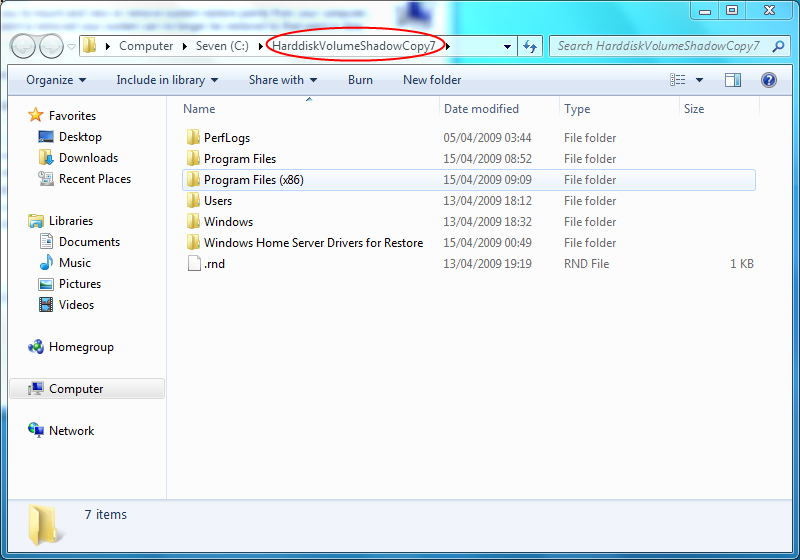Clean System Volume Information Windows 10
Posted : admin On 15.09.2019
- System Volume Information Disk Usage
- Clean System Volume Information Windows 10 Pro
- How To Hide System Volume Information
On every Windows drive—even external USB drives—you’ll find a “System Volume Information” folder. You’ll only see it if you have Windows set to show hidden files and folders, but it’s always there. So what is it for?
System Volume Information Disk Usage
Question How can I clean an infected System Volume Information folder or a System Restore folder? Answer If a virus infects your computer, it is possible that the virus is backed up in the System Restore folder. System Restore is a feature of the Windows operating systems. To clean the System Restore folder, you need to first turn it off, and then scan and clean the folder. The 'C: System Volume Information', is the location where Windows stores the Windows Restore points and for security reasons is not accessible from the users. But, in several cases, especially for troubleshooting purposes, there is the need to gain access to 'C: System Volume Information' folder.
Why Can’t I Open the Folder?
RELATED:What’s the Difference Between FAT32, exFAT, and NTFS?
On drives formatted with the NTFS file system, this folder’s permissions are set to prevent everyone from accessing the folder, even users with Administrator permissions. Double-click the folder and you’ll see an error message saying the “location is not available” and “access is denied.” This is normal.
That’s because Windows uses this folder for certain system-level features. The permissions are set to prevent users—and programs without the appropriate permissions—from tampering with the files inside and interfering with important system functions.
What Is It For?
RELATED:How to Use System Restore in Windows 7, 8, and 10
Among other things, Windows stores System Restore points in the System Volume Information folder.

If you need to shrink the size of the System Volume Information folder, you can do so from the Control Panel. Head to Control Panel > System and Security > System > System Protection. Under Protection Settings, you can choose whether System Restore is enabled and control how much disk space Windows uses for System Restore points.

Just disabling System Protection for a drive won’t actually delete the System Volume Information folder. Windows stores more than just restore points here.
For example, the System Volume Information folder also contains information used by the content indexing service databases that speed up your file searches, the Volume Shadow Copy service for backups, and the Distributed Link Tracking Service databases used to repair shortcuts and links.
If you have a drive formatted with the exFAT or FAT32 file systems—an external USB drive, for example—you can open the System Volume Information folder and look inside.
For example, on one of our USB drives, we saw two files inside: IndexerVolumeGuid and WPSettings.dat.
RELATED:How to Choose Which Files Windows Search Indexes on Your PC
The IndexerVolumeGuid file assigns a unique identifier to this drive. The Windows indexing service examines the files on the drive and indexes them. When you connect the drive to the computer in the future, Windows checks the identifier and knows which search database to associate with the drive. You can then use Windows search features, such as the search box in the Start menu, Cortana on Windows 10, or the search box in the File Explorer or Windows Explorer, to quickly search for files on the drive.
WPSettings.dat is another file created by a Windows service, but we’re not sure exactly what it’s for. There’s no official documentation on this file.
Can I Delete the Folder?
Clean System Volume Information Windows 10 Pro
You shouldn’t delete the System Volume Information folder. On NTFS-formatted drives, Windows won’t normally let you access this folder, much less delete it. On exFAT or FAT32-formatted drives, you can choose to delete the folder—but Windows will just recreate it in the future, since it needs it.
How To Hide System Volume Information
Windows stores important system data here, and you should leave the folder alone. Don’t attempt to change the permissions on the folder to delete it.
If the System Volume Information folder is using a lot of space, reduce the space allocated to System Restore in Windows. If seeing the folder bothers you, just set Windows to hide hidden files and folders.
READ NEXT- › How to Stop Superhuman (and Other Apps) From Tracking Your Email Opens
- › Windows 10 Can Now Sync Android Notifications to Your PC
- › Windows 10 20H1 Will Let You Drag and Drop With Your Eyes
- › How to Move Google Authenticator to a New Phone (or Multiple Phones)
- › Why Did Your iPhone Beep or Vibrate? Here’s How to Find Out